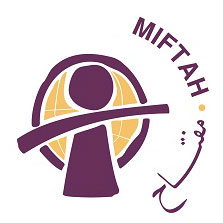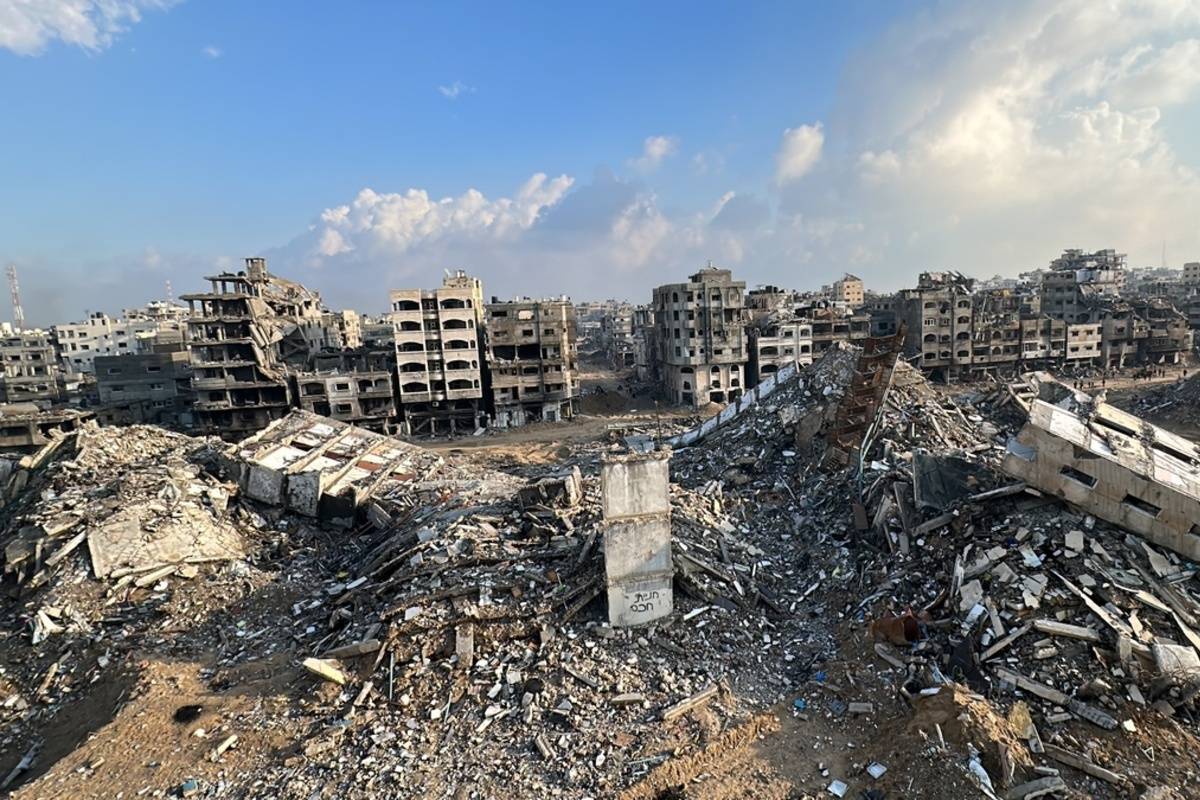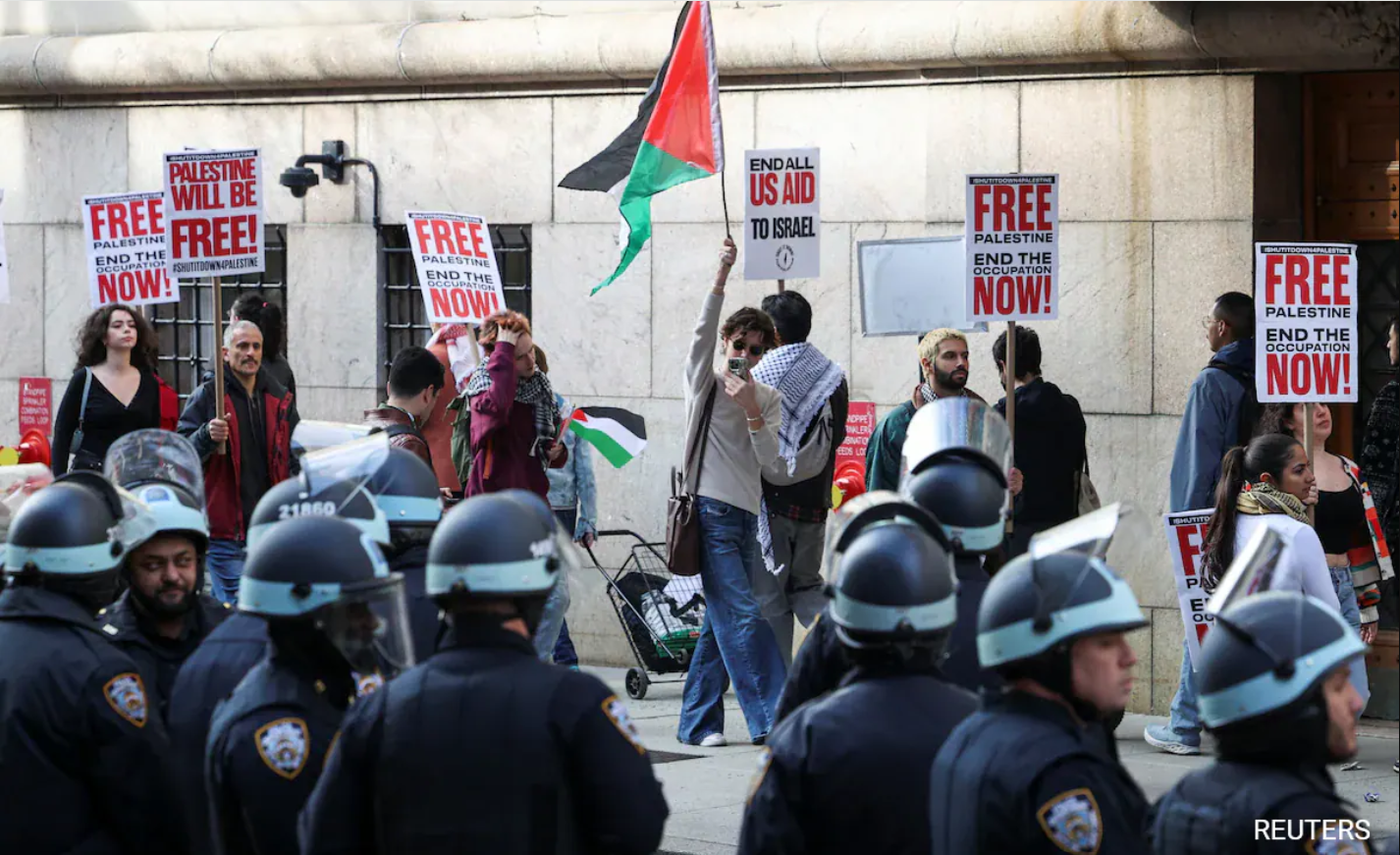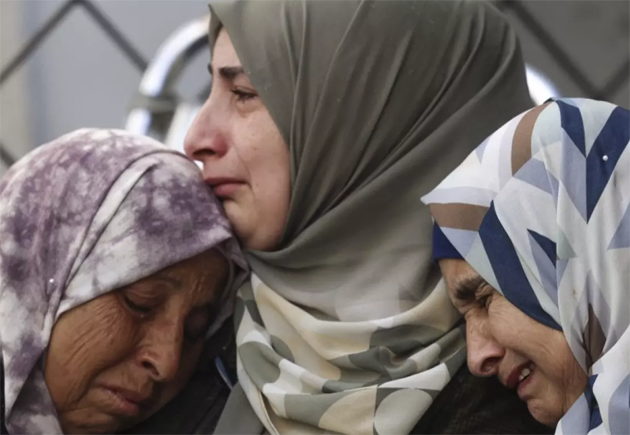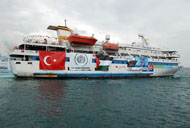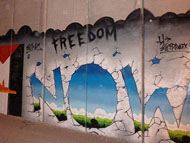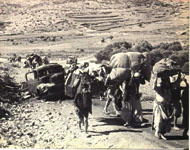In a recent interview with The Jerusalem Post, the newly-appointed head of the Israeli government press office, Oren Helman, spoke about foreign media and their need to see a different side to Israel than the one which is so often a focus in international media. Aside from the conflict, Helman talks about a new initiative called ‘There is more to Israel’ or TIMTI for short. He wants to ‘take them to see things, give them briefings, give them more information’. All of this seems fair and appropriate for a government press office. Helman then uses, as his example, the West Bank city of Hebron. He tells the Jerusalem Post, ‘You have to bring them there to see what is being talked about. It is not how they say, a city under the oppressive occupation of the Israelis. People are not suffering that greatly there.’ As a reflection of this, he cites the three malls and a new $10 million sports center found in Hebron.
After reading this, I took my own trip to Hebron, so that I too could see what was being talked about. As the bus entered the city, I saw the sports center and one or two of the malls. But a five-minute walk away from this main street, one reaches the edge of the old city of Hebron. Again, this is a bustling area with all manner of stalls and shops peddling their goods to the crowds of people walking through.
However, as I walk deeper into the old city, the crowds diminish as do the stalls and shops. Only two-three minutes’ walk from the main entrance to the old city, there are more shops closed then there are open. Above our heads a battered mesh covers the market street. On that mesh are rocks, some the size of dinner plates, interspersed with all manner of rubbish. One shopkeeper shows me the singed hole of his shop’s tarpaulin cover, the result of a burning object being thrown down through the mesh and landing in his shop. Above the market reside a number of Israeli settlers (approximately 400 in the center of Hebron), many of whom show their objection to the Palestinians below through such acts of violence and harassment. There is little wonder why so many shopkeepers have decided to leave their property below, unable to maintain a living under such circumstances.
Further along the market street, the area opens up to a square surrounded by beautiful but battered old buildings. As one looks up, several Israeli soldiers meet your gaze all monitoring the area from surrounding roofs and balconies, with their guns held up ready for any ‘trouble’.
I visited Hebron during Passover. During this time, there were increased ‘security’ measures employed in the city, as there was all over the West Bank and Israel. In Hebron, in order to ‘secure’ the area for the passage of the settlers from their homes to the Tomb of the Patriarchs/Ibrahimi Mosque, soldiers were placed every 10-20 meters along the old city street they would walk through. Each soldier held his gun to his chest so that the barrel was pointing at head/chest height for most people. Never having been in such close proximity to so many guns, my natural reaction was to physically recoil each time I passed them. At one point, an Israeli soldier on patrol turns around and points his gun directly at a child, no more than 12, walking behind him. To my horror, the child barely flinches, presumably he is so used to this sort of behavior.
The soldiers were stationed there until the settlers moved through to the holy site, completely closed to Muslim worshippers of the Ibrahimi mosque in the same location. Shortly after, I re-entered the area and spoke to one of its Palestinian inhabitants.
Leila both works and lives within the old city of Hebron. Her shop, the Palestinian Women’s Embroidery Co-operative, is situated right in the heart where the settlers had walked through that day, and where they walk through every Saturday. While the Israeli soldiers (reportedly around 6000 during Passover, 2000-3000 at all other times) are posted in Hebron in order to protect the safety of the Israeli settlers, it must be questioned who is at a greater risk of violence or harassment. Leila describes how the settlers often walk past and flip up the tables of the Palestinian stalls. They have been known to pull down the products from the front of the shops. Leila tells me how her sister had been working at the shop when a settler openly spat in her face twice. The settlers may be more brazen when the soldiers are not there but it seems the Israeli military themselves are also to be feared by the Palestinians.
“The army is often worse than the settlers,” Leila said. “They stop young men and they beat them which is very disturbing to watch. This is why so many people are too scared to come to the market to shop and so business is very bad.”
Leila has had personal experience of how the soldiers behave towards the Palestinian people in Hebron.
“I sent my son, who was only 15 at the time, to go buy me some bread. When he encountered some soldiers they accused him of throwing stones. They checked his pockets for rocks and even found the bread money in his pocket. But they still accused him and he was arrested for two months with a six-month probation. He is still too scared to leave the house.”
Leila also described how the situation in Hebron meant that it was not only the settlers and soldiers that were a threat but also those closer to home. Hebron is divided in its authority. According to the 1997 Hebron Protocol, the old city, surrounding the holy site of the Tomb of the Patriarchs/Ibrahimi Mosque, is under the total control of Israel in what is known as area ‘H2’. The rest of the city is under Palestinian Authority control and is labeled ‘H1’. As a result of this divide, Leila describes how criminals from other parts of the West Bank including the H1 area come to the H2 Israeli-controlled areas in order to escape punishment from the Palestinian Authority. Car thieves, drug dealers and more hide out in the H2 area and therefore pose an added threat to the Palestinian residents, who already have enough to deal with.
This part of Hebron, only 10 minutes from the “$10 million sports center and the three malls,” is a reminder that foreign journalists should indeed come and see what is being talked about. But they should see it for themselves not under the Israeli government press office’s organized trips. Just because one part of town doesn’t seem that bad, does not mean that people’s livelihoods and safety aren’t being threatened on a daily basis only a short walk away.
Helman concluded his interview about foreign journalists saying, ‘Give them the information. They are smart, professional, and experienced. They will know what to do with it when the time comes.’
I hope, having seen Hebron and other areas of the occupied West Bank (not just those offered by the Israeli press office) foreign journalists do know what to do with the information they are given. After all, they are smart, right?
Harriet Straughen is a Writer for the Media and Information Department at the Palestinian Initiative for the Promotion of Global Dialogue and Democracy (MIFTAH). She can be contacted at mid@miftah.org.

